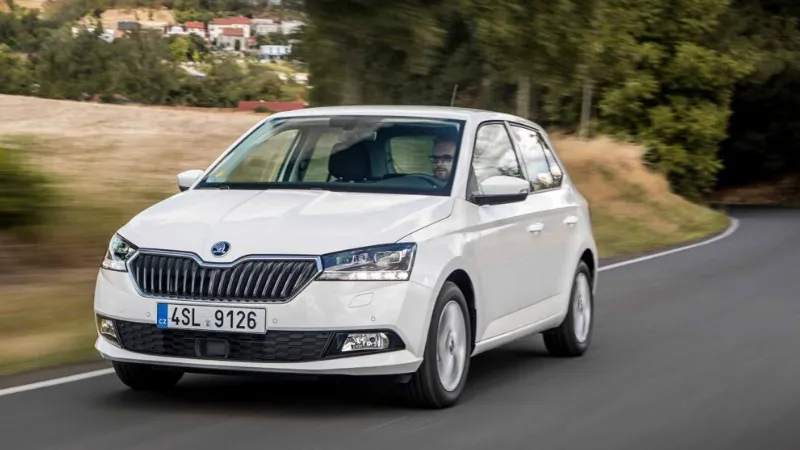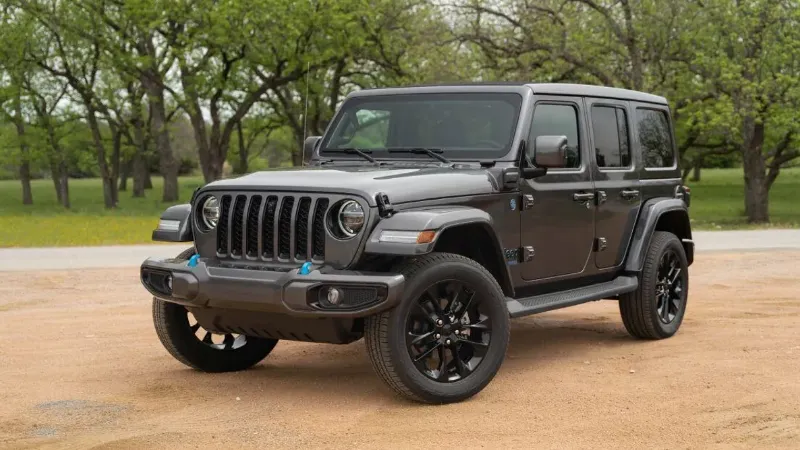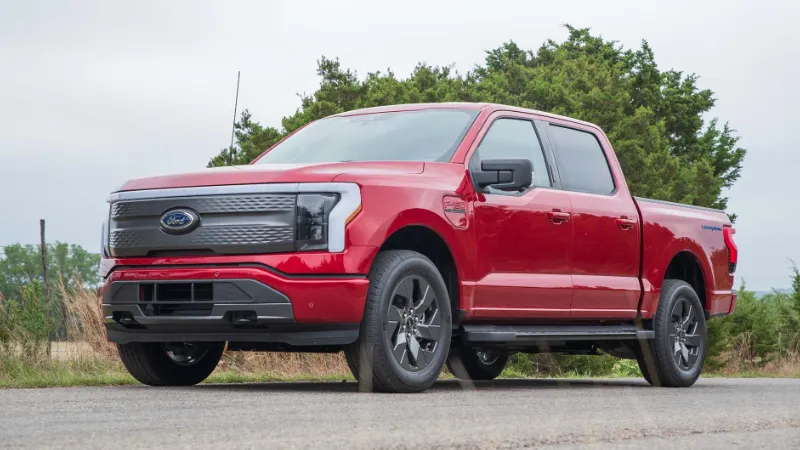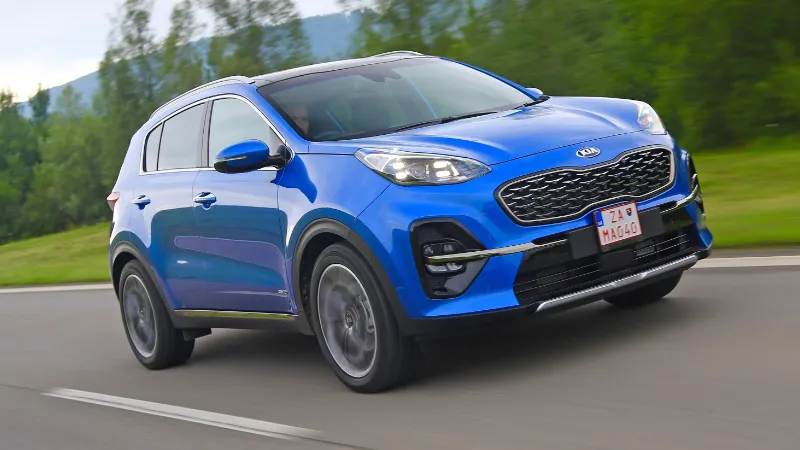Can you trade in a car that is not paid off? You certainly can, to put it simply. Depending on how much your car is worth at trade-in and how much you still owe on the loan, you can decide whether it’s a good idea or not.
If you’re trading in a car you still owe money on, you’re looking at one of these two situations:
- Your equity is positive. You’re in good shape if the value of your car exceeds what you still owe on the loan. It’s like having money that you can use to buy a new car when there is a difference like this, which is referred to as positive equity.
- You are in the negative entity. If your car is worth less than what you still owe, you have a negative equity car also known as being “upside-down” or “underwater” on your car loan. You will be responsible for paying the difference between the loan balance and the trade-in value when trading in a car that has negative equity. Cash, another loan, or—and this is not advised—rolling what you owe into a new auto loan are all options for paying it off.
Continue reading if you want to learn more.
What Does It Mean to Trade in a Vehicle?
When you trade in a car, you give it to a dealership so they can handle any obligations and benefits that come with owning it. For drivers who want to receive credit toward a new car they want to buy or lease, a trade-in is typically advantageous. The dealership evaluates the value of the car, taking into account elements like the car’s general condition, consumer demand for your vehicle’s make and model, and any prior discussions and agreements you have had with the dealership. Depreciation, or the value of your car in its current condition as deducted from the cost of the car when it was new, is a significant factor in figuring out the value of your trade-in.

How to Trade in a Car That is Not Paid Off?
A common question we encounter is “will a dealership buy my car if I still owe?” Even if you are still making payments on your car loan for that particular vehicle, you are still able to trade it in. However, trading in a car you still owe onmight be slightly more challenging and may end up being costly if you are not careful.
Calculating the equity you have accumulated in the vehicle is the first step in deciding if a loan trade-in is the best option for you. The term equity refers to the difference between your car’s current value and the remaining amount you owe on your auto loan. You may have positive or negative equity as a result of this difference, which will have an important impact on the advantages of a trade-in.
Trading in a Car With Positive Equity
If your car is worth more than you owe on the loan, then you’re in a relatively straightforward situation. Consider the scenario where the dealer makes you an offer of $13,000 for your car but you still owe $11,000 on your loan. Your equity in the vehicle will be represented by the difference ($2,000) when you trade it in.
If you’re financing your new vehicle, you can apply the equity in your old vehicle toward the down payment. That might be a way to bring down the overall cost of your new loan. If you want to put down a bigger deposit and borrow less money, you can add more money to it. The dealer may deduct your trade-in from the final price you pay if you are paying cash for the vehicle.
Trading in a Car With Negative Equity
You are in negative equity territory if the balance on your current loan exceeds the value of your trade-in. That’s often the case if you’re trying to trade in a relatively new car, given that cars depreciate rapidly in their first few years of ownership. Depreciation will slow after a certain period of ownership, and your loan payments will eventually catch up. Therefore, if you have negative equity in your car, you might want to hold off on trading it in until your loan balance is no longer higher than the value of your car.
If not, you’ll have to make up the difference. Including that sum in your new loan may be something your dealer offers, but exercise caution. By doing this, you’ll start your new loan with even more negative equity. So when you decide to trade in that car in a few years, you might find yourself in the same predicament.
Final Steps
As soon as the trade-in and the purchase of your vehicle are finalized, carefully read the contract to ensure that all the terms you agreed upon are spelled out in writing. Utilize your own calculator to verify the figures.
After you’ve closed the deal, verify that your loan has been repaid a few weeks later. Additionally, the lender must mail proof that the loan has been paid off.

How Soon Can You Trade in a Financed Car?
How Soon Can You Trade in a Financed Car? Although you can trade in a financed car at any time, doing so when you have positive equity is most advantageous. It is also a good idea to wait at least a year or more before trading in, especially if you purchased your car brand new. The value of a new car typically drops dramatically very quickly because cars lose value over time, and most quickly in the first year.
This essentially means that you might experience negative equity in the car right away. Naturally, this could eventually result in positive equity, but it is best to hold off on selling until you are certain that you do. If you can, delay your trade-in if you have negative equity to protect your finances.
Alternatives to a Car Trade-in
Financially speaking, it can be advantageous to trade in a car with a loan. It might not be suitable for you, though. Fortunately, you have other options available for selling your car, even if you still owe toward your auto loan.
Selling your car to an individual is one choice. As a result, you might be able to sell your car for more money than you would if you traded it in. You may even be able to offset any negative equity you have in your loan if you set the price high enough. To avoid any unanticipated negative effects, be sure to inform your lender before selling your car if this option sounds good to you.
Postponing the trade-in until your loan is paid off or until you have positive equity is an option to trading in a car with an upside-down loan. If you have the time and financial ability to postpone trading in your vehicle, it is a good idea to do so to avoid taking on more financial debt.
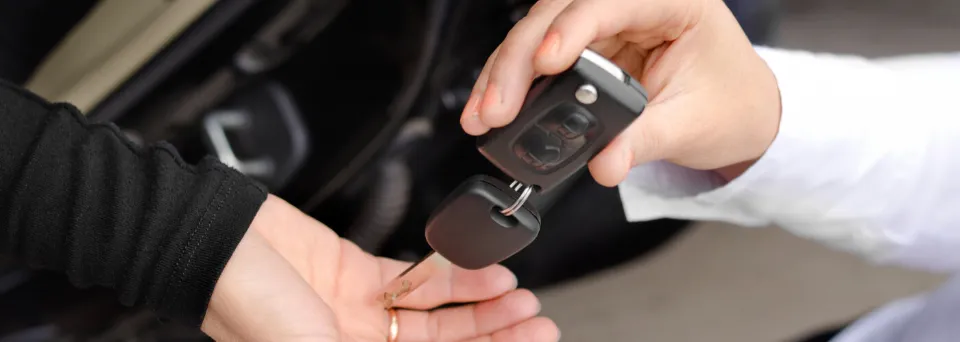
Can You Trade in a Leased Car?
It is possible to trade in a car that you are currently leasing, and the process is very similar to trading in a car with a balance owed on a loan. To find out the car’s payoff or buyout value, you must first get in touch with the leasing company or check your leasing statement. That is the price you would have to pay if you wanted to purchase the vehicle outright prior to the lease’s expiration. Additionally, you should find out if your lease has an early termination fee.
Once you have that information, you can get in touch with the dealership where you’re buying your new car and ask them to deal directly with the leasing company. Because there are often early termination or other fees involved in paying off a lease, you may not get the full amount of your trade-in with a leased car. So, as with trading in a car with negative equity, it could make sense to wait until your lease is over and exercise the purchase option.
Of course, you can then simply turn the car in and leave without having to purchase it at all. And from a financial perspective, that might be a better choice unless you intend to keep driving that car for a considerable amount of time before trading it in, in which case a car dealer might be willing to pay you more than the purchase option costs you.
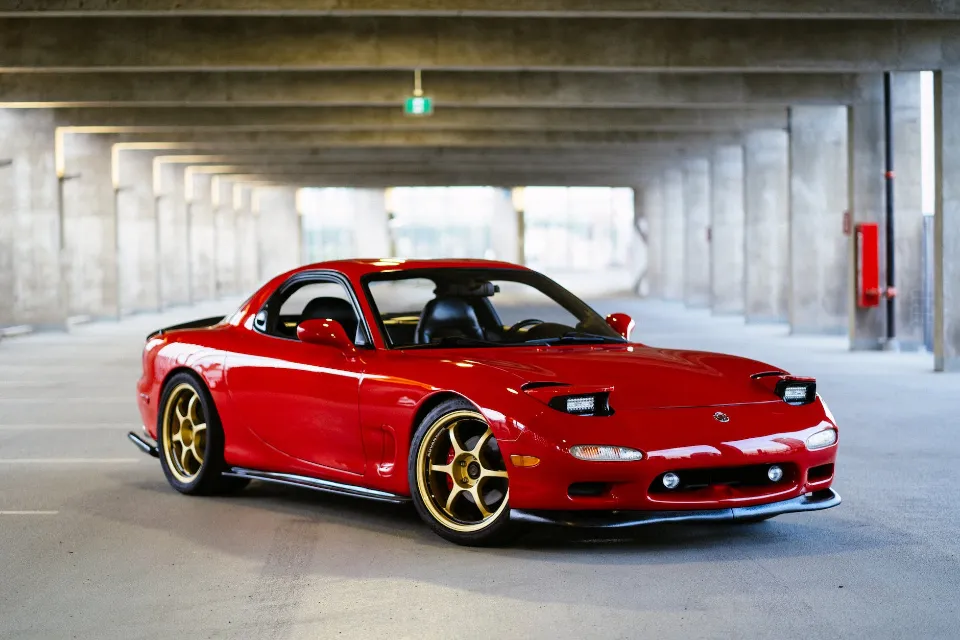
FAQs
When Can You Trade in a Car?
Your car is always available for trade-in. It is preferable to hold off until after the car has been paid off.
Can I Trade in a Financed Car for a Cheaper Car?
The answer is “yes!” Trading in a financed car is possible, but keep in mind that the loan on the car loan won’t go away because you’ve traded in the car. Still, the remaining balance must be paid.
Things to Know Before You Go
Before you approach a dealer about trading in a car when you have a loan with a remaining balance, the first thing you’ll want to be sure of is exactly how much you owe. Due to the daily interest accrual on your loan, checking your account online can give you a very accurate estimate but may not be entirely accurate. Asking for a 10-day payoff amount from your loan provider when you’re ready to trade in your car is a good idea. This will reveal the exact amount of the loan that you will owe in the upcoming 10 days.
If you have any questions, please leave a comment. KV Auto tries to give you the best car industry information. Thank you for reading.


